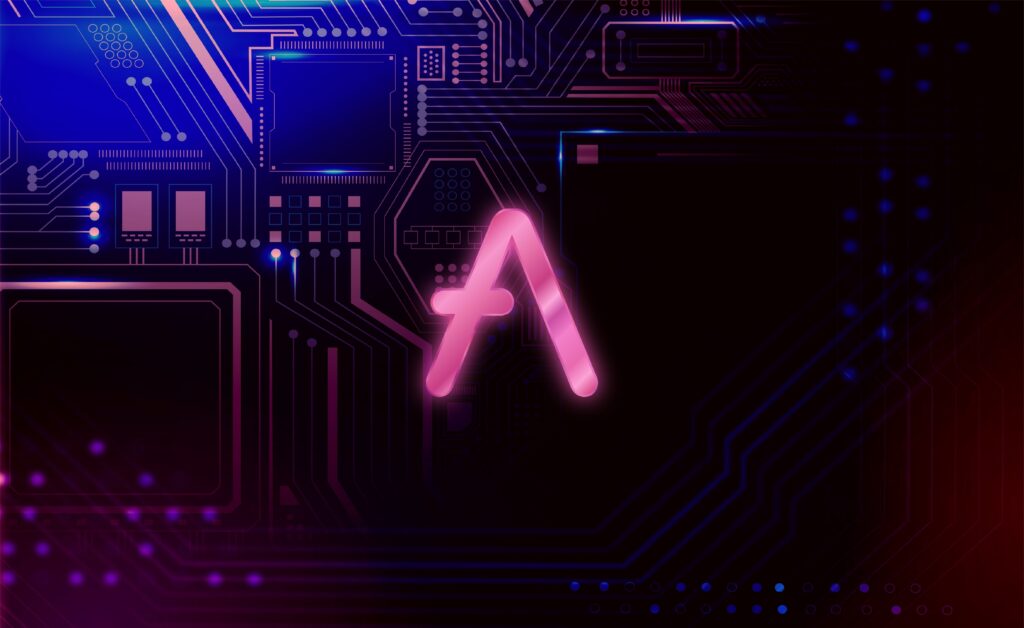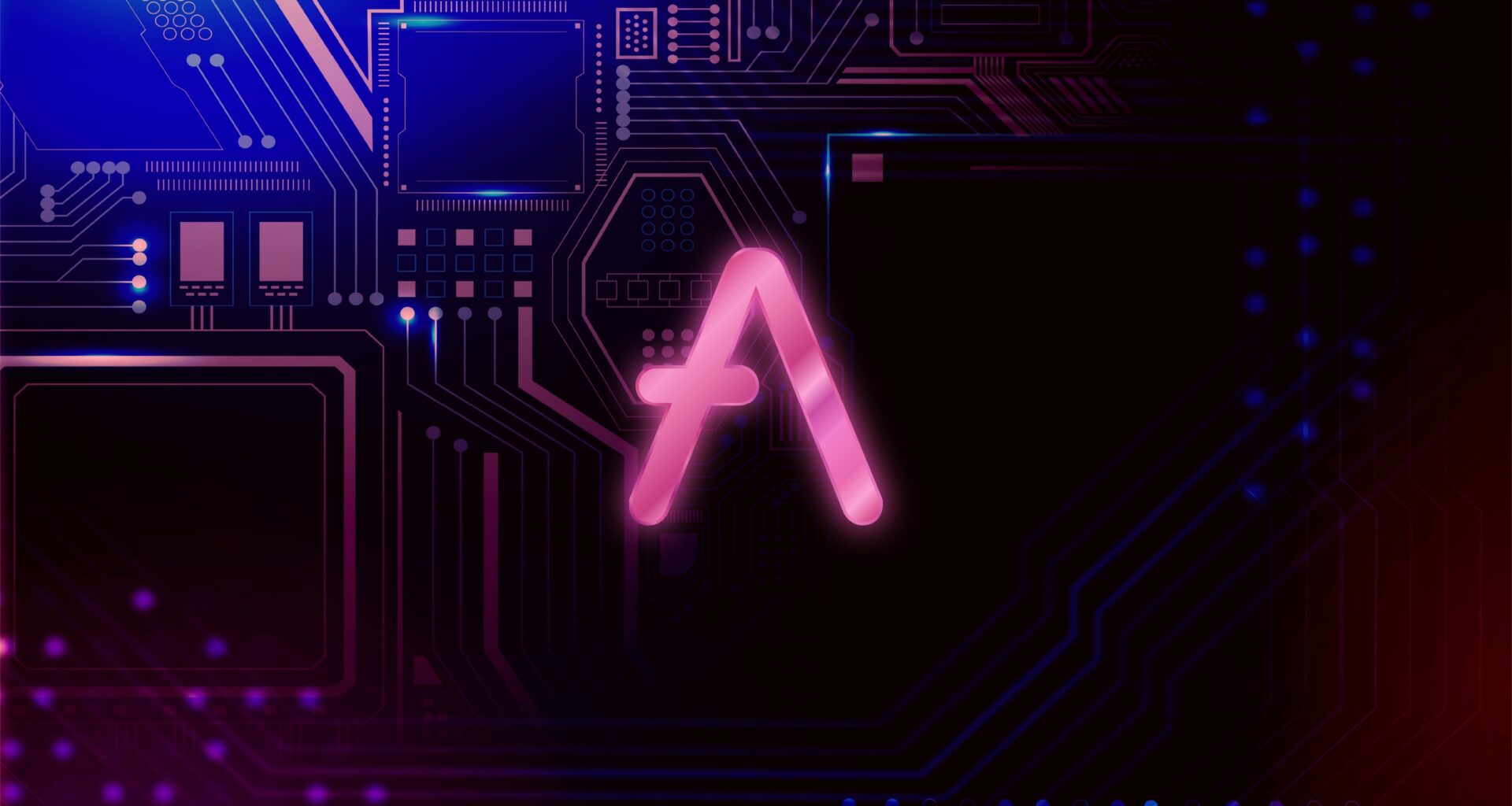It’s one of crypto’s biggest ironies: its toughest sentiment periods and its longest bear markets tend to have an incredibly healthy effect on the fundamentals that regulate their development.
Sure, these improvements come more often than not in the form of a painful and bloody catharsis, something that the users of lending platforms such as Celsius will have grown to know well in the past year.
But the downturn has a tendency to wipe the slate to an extent: it exposes frauds, collapses non-viable projects and eliminates bad actors. Most importantly, the absence of exciting price action discourse projects the attention of the space back onto the underlying tech and its development.
Such is the case with the hype generated around Aave Protocol’s latest iteration: V3.
Aave Protocol: A Trailblazing Tool

Since its inception, Aave Protocol has been revolutionising the paradigms of traditional financial lending practices.
Designed as a ‘non-custodial liquidity protocol’, it allows users to become lenders themselves as well as borrowers and liquidators – eliminating the need to rely on untrustworthy third parties and being exposed to all the liabilities that are a natural consequence of that reliance.
V1 of the protocol represented a pioneering act and really popularised the concept of DeFi flash loans, as well as that of swap tokens. It was slightly clunky at the time, with many users reporting UX problems and, more prominently, exceedingly high gas fees matched by a generally slow mechanism. Highly ideal, for something meant to be ‘flash’.
V2 addressed those issues with efficacy, adding features such as yield and collateral swaps – but left experts in the space dubious as it presented itself as a vulnerable environment, suffering from several security attacks and allowing for the exploitation of pools by bad actors. It was clear the job was far from over.
V3 couldn’t be avoided.
A Community Response

The latest version of the protocol was generated via a governance consultation, taking into account the will and suggestions of the whole community of lenders and borrowers it has created.
Its main focus is interoperability: it aims to maximise the network’s connections and symbiotic relationships with the rest of the DeFi world.
The protocol now supports six blockchains that are widely adopted: Polygon, Avalanche, Fantom, Harmony, Arbitrium and Optimism – essentially covering most of the existing market. Something that the community still needs to agree on is integration with the Ethereum network as well, but it seems like an unavoidable next step.
Portal is what Aave is calling its new interoperability feature. It will allow the cross-chain transfer of liquidity between different chains, via bridges and a mechanism of minting and burning representation tokens.
However, this update isn’t just a compatibility one: there are four other major areas of interest that will see major improvements via the new features added.
A Plethora Of New Features

The first area is the incentivisation of liquidators and increase of borrowing powers, aimed at fostering liquidity pools and improving the efficiency of all capitals managed by the protocol.
This will be performed via something called ‘eMode’ or ‘High Efficiency Mode’, and it will open many new opportunities in the areas of leverage forex trading or yield farming.
The second area is the reduction of insolvency risk. Protocol safety measures will change the game here, such as ‘Isolation Mode’, which introduces new network assets as isolated and defines a specific debt ceiling for each of them. ‘Risk Management’ is the working name of another feature introduced with V3 which will limit the number of delinquent loan payments on the protocol, via a change in risk parameters voted on by the community.
The third and crucial area will be an increase in the responsibilities and power assigned to governance protocols, in the hope to keep the networks as centralised as possible.
Finally, changes such as the ‘Multiple Reward Tokens’ feature which allows users to gain reward tokens of different kinds in one transaction, or the general gas fee reduction, will massively contribute to a much-needed drastic overhaul of user experience
The Market Has Noticed

The massive improvement brought about by this latest iteration of the protocol has thus far not slipped past the trading markets, which seem to be backing Aave for success despite the remaining uncertain wider sentiment.
While the token hasn’t quite reached its bubble heights of May 2021, the price spiked immediately after V3 went live back in March 2022, with a 97% jump in two months.
Almost a year later, Aave continues to grow – an increase of nearly 24% in the last month has seen it rise the crypto charts and amass an impressive $4.6 billion in total value locked. At around 90$ for each token, it seems like a bargain compared to its ATH price.
It’s undeniably a project to keep under tight scrutiny going forwards, especially as its community governance is expected to progress its development at a much quicker pace than what’s been the case thus far.
Until V4 inevitably hits down the line, it’s looking like Aave will remain the one-stop shop for all liquid staking, lending and borrowing.









